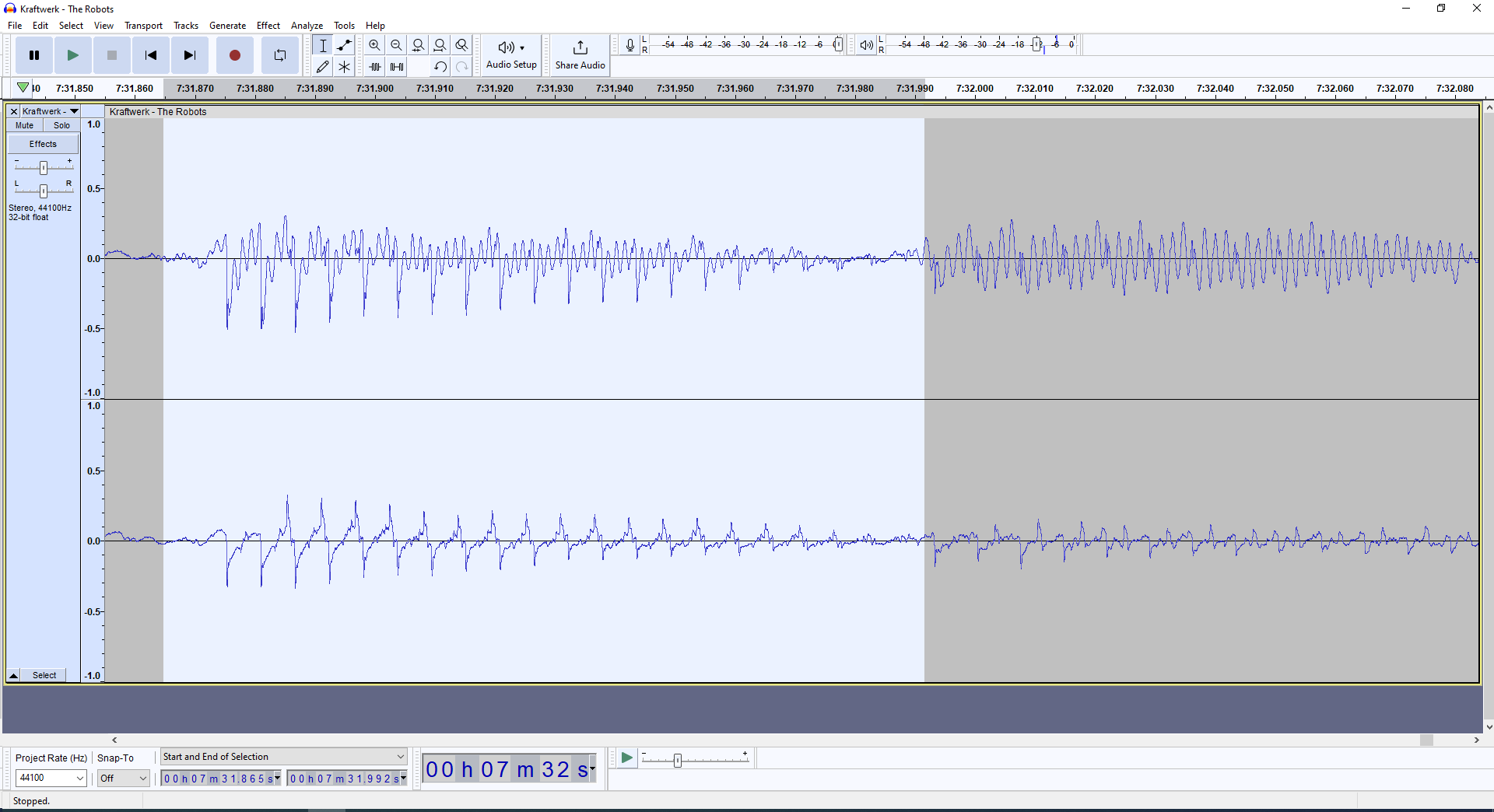Main point im talking about, no matter how it works in detail still is that the "upsamling interpolation filter" is close to the human range of hearing and that might lead to some slight degredation (which can be heared amplified in the video in the first post), which probably is audible to some but not all …
And there we go, right back to where you started with the same false assertion and as it was fully explained back on the first page, just repeating your false assertion can only be considered either a deliberate lie or just a complete inability to understand even simple facts! There was NO amplification in the video, it did NOT demonstrate degradation caused by the anti-image (“upsampling interpolation”) filter and how could it “
probably be audible to some but not all” if it does not even exist as sound??
the thing is if i hear i can correlate some things i hear to the measurements i see
Great, so as your assertion is predicated on “IF” you hear, then all you have to do is demonstrate that you are actually hearing a difference, otherwise you are just making-up a completely FALSE correlation!
since there is some objective degredation going on, we only can argue whether its audible
Hang on, you’re even contradicting yourself now! You just asserted above that the anti-image filter “
might lead to some degradation” and now in this sentence you’re asserting “
there is some objective degradation going on”, so you can’t even agree with your own assertions, let alone the actual facts. And, we cannot rationally argue whether it’s audible when you haven’t even ascertained if it even exists!
and imo one should be careful with such claims (on either side) as its a matter of when, how, why, how loud, which signal, which speakers(nearfield, farfield, headphones), which dac, hearing/senstivity/expierence of the testers etc
Then why aren’t you “
careful with such claims” (of audibility), why can’t you even take your own advice? We on the other hand don’t need to be careful of such claims because: There’s no reliable evidence that it is audible, plus we do have reliable evidence that nothing even registers in the auditory cortex, plus the measurements indicate your so called “degradation” is so tiny it cannot even exist as sound, let alone be audible and your own cited video demonstrates audible artefacts only after being successively passed through ADC/DAC filters 800 - 1600 times! And, how can it possibly be a matter of when, how, which speakers and hearing sensitivity/exerience, etc., if your so called “degradation” cannot even exist as sound? You think maybe some speakers/HPs and listening experience can break the laws of physics do you?
Really cant say more than my opinion here, as i simply trust my gut more than what science tries to tell me
And as i cant support my view in scientific terms, the only thing i can do is point at possbilities and what works for me ("the best")
Again, just pure BS! Firstly, Science is not trying to tell you anything, science is just a logical, testable body of knowledge. If your gut is telling you something different and you trust your gut more than the tested knowledge then you’re irrational/delusional and absolutely in the wrong forum! Secondly, you are NOT “pointing at possibilities”, just making-up complete BS is NOT “pointing at possibilities”, it’s just complete BS, unless you have reliable evidence it is actually a possibility!
Do you have anything other than repeating the BS your gut tells you?
More fat BS.
1. The Who – "Baba O’Riley" (1971)
The iconic synth intro uses a repeating square wave arpeggio played on a Lowrey organ. This sound is generated using pulse waves (a variation of square waves) …..
Oh good, you’ve listed the pieces and therefore you can actually show us all these square waves in the waveform of the distributed masters/copies and prove your claim of “
more fat BS”. So the path is clear, either you’ll provide that evidence or you’ll simply deflect or ignore it and thereby prove the only “fat BS” here is yours. What’s it to be?
G






















